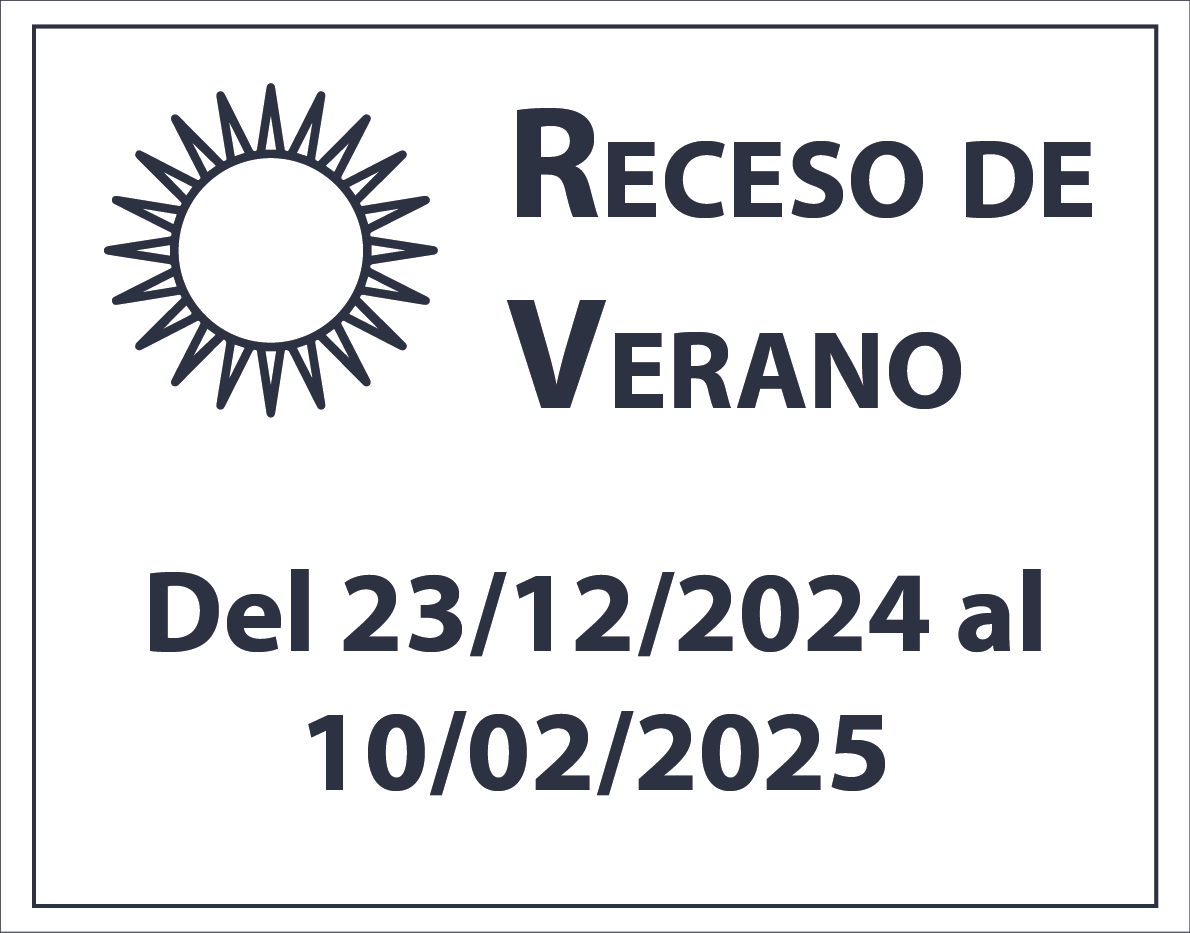Aporte nutricional de polen de especies polinizadas por abejas (Apis mellifera L.) en la Región de La Araucanía, Chile
Palabras clave:
análisis bromatológico, monofloral, nutrición, polinizaciónResumen
La investigación consistió en determinar el aporte nutricional del polen de cuatro especies cultivadas (Malus domestica Borkh., Eucalyptus globulus Labill., Brassica napus L. ssp. oleifera y Vaccinium corymbosum L.) polinizadas por abejas (Apis mellifera L.) en el Sur Chile. Para la recolección del polen se utilizaron trampas de polen helicoidal instaladas en colmenas de predios ubicados en distintos sectores de la región y luego fue analizado en el Laboratorio de Bromatología. Los resultados obtenidos arrojaron valores descritos por literatura, con rangos de fósforo entre 0,59 y 0,80%, proteína cruda con valores entre 33,27 a 39,04%, extracto etéreo entre 1,83 a 7,72%, carbohidratos con 19,62 a 39,18% y contenidos de polifenoles totales que varían entre 2.643,69 a 4.773,28 mg 100 g-1. Por lo tanto, las especies evaluadas pueden ser consideradas una fuente rica de proteínas, carbohidratos y polifenoles, sin embargo es importante determinar la composición y concentración de aminoácidos, azúcares y ácidos grasos
presentes en los pólenes.

Descargas
Publicado
Número
Sección
Licencia
Aquellos autores/as que tengan publicaciones con esta revista, aceptan las Políticas Editoriales.



